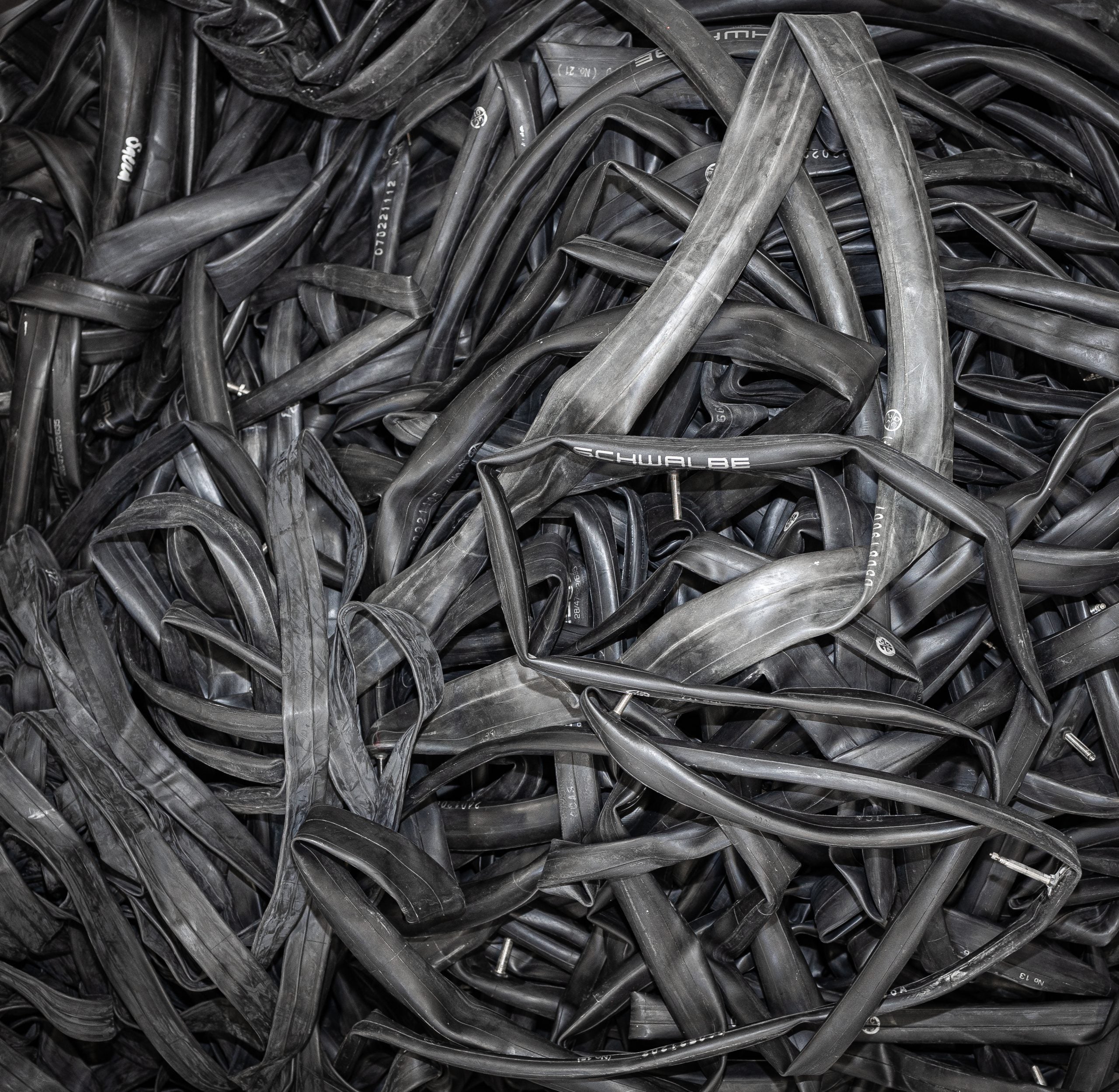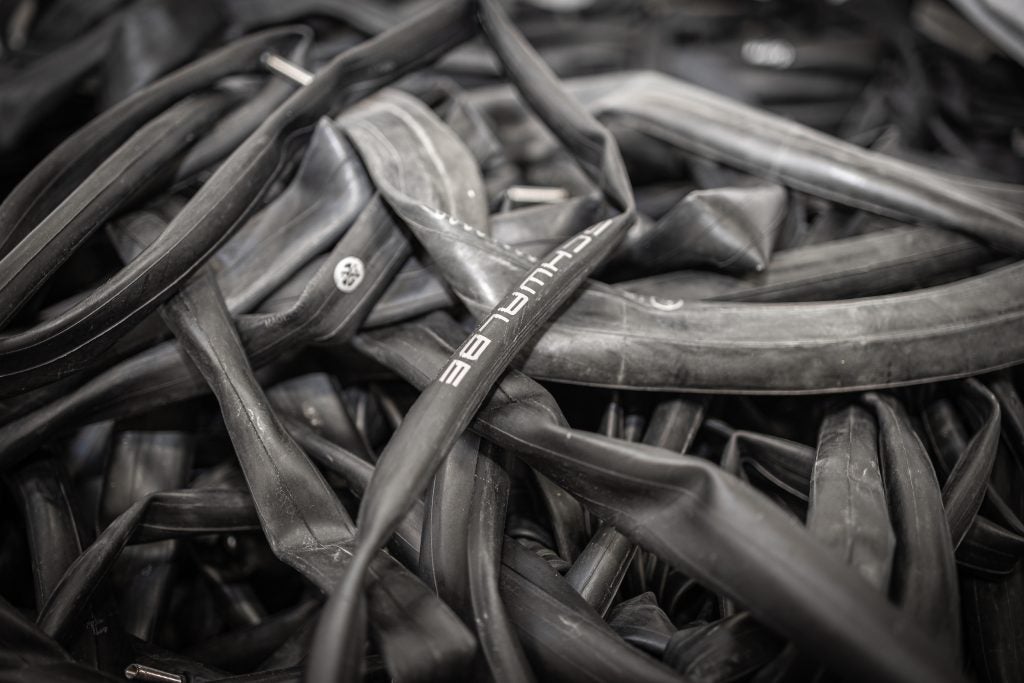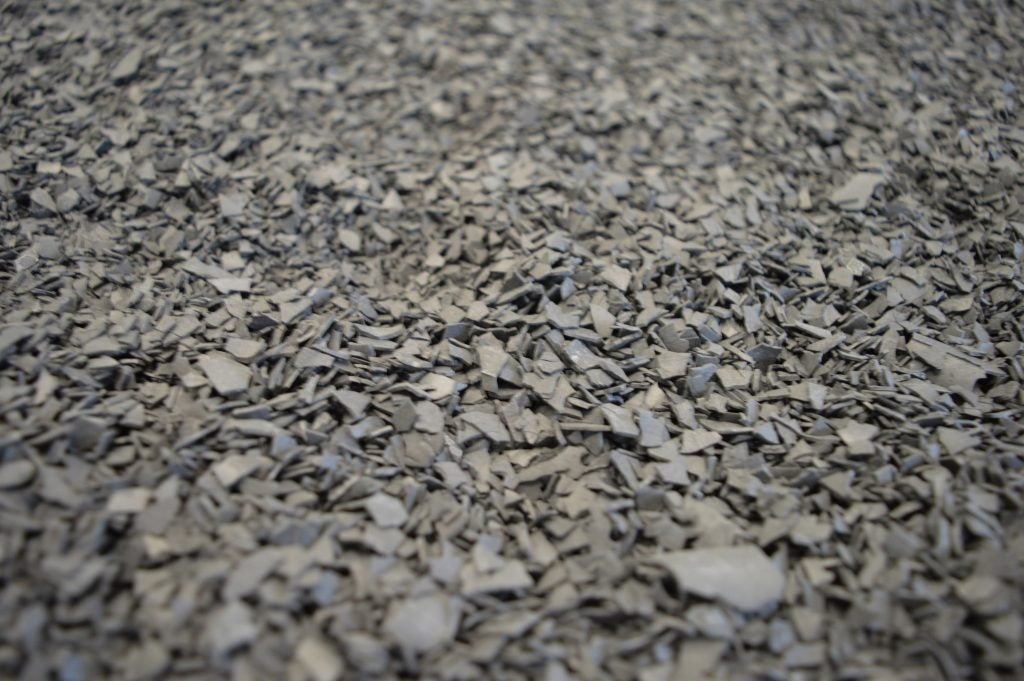
Our Editors independently research, test, and rate what we feel are the best products. We use affiliate links and may receive a small commission on purchases.
Schwalbe has announced the launch of its bicycle inner-tube recycling program in the United States. The program is designed to address the pressing issue of waste management and promote a closed-loop recycling system. By recycling used tubes into new ones, Schwalbe aims to minimize environmental impact and foster a more sustainable future.
The Cradle-to-Cradle design philosophy, which forms the foundation of the Schwalbe tube recycling program, strives to establish a circular economy by continuously reusing materials and eliminating waste. Through this approach, Schwalbe seeks to reduce waste, conserve resources, and promote the repurposing and reuse of products indefinitely.
The environmental impact of discarded bicycle tubes is substantial, with millions ending up in landfills annually, where they can take centuries to decompose. Additionally, the production of new tubes contributes to greenhouse gas emissions and depletes non-renewable resources. To date, Schwalbe’s recycling program has successfully recycled over 9 million tubes from five different countries in the European Union over the course of eight years. Currently, each Schwalbe standard bicycle tube contains 20 percent recycled content. The company is actively working to increase the proportion of recycled material while maintaining the quality of the new tube. Schwalbe’s closed-loop recycling process begins with the collection of used bicycle tubes from bike shops and enthusiasts, regardless of brand or manufacturer. Once a bike shop accumulates up to 45 pounds of used tubes, they can schedule a free shipment via a custom UPS portal to return them to Schwalbe. This streamlined process aims to simplify participation and remove any barriers.
Schwalbe’s closed-loop recycling process begins with the collection of used bicycle tubes from bike shops and enthusiasts, regardless of brand or manufacturer. Once a bike shop accumulates up to 45 pounds of used tubes, they can schedule a free shipment via a custom UPS portal to return them to Schwalbe. This streamlined process aims to simplify participation and remove any barriers.
The used tubes are then transported in bundles to Schwalbe’s recycling plant in Indonesia, which is located adjacent to its production partner, Hung A. The plant utilizes a proprietary devulcanization process to recover butyl rubber from the used tubes and recycle the remaining materials. These recycled materials are subsequently transformed into a range of new, high-quality bicycle tubes.
“Since 2015, Schwalbe has been leading the way in Europe in establishing the circular economy within the cycling industry because, for us, taking responsibility is not an option but a natural part of our business. In a world where natural resources are increasingly exploited and under pressure, it’s important to develop and support real recycling technologies, NOT a down-cycling scheme that is an extension of the linear economy. It’s estimated that nearly 10 million used inner tubes are discarded into landfills each year in the US…rather than seeing old tubes as trash, we see them in as a valuable resource to produce new, high-quality tubes. We are proud to announce that we are now launching our tube recycling in the US,” said Sean Cochran, Schwalbe’s North American marketing manager.
One of the key advantages of the Schwalbe tube recycling program is its contribution to waste reduction and the energy savings associated with bicycle tube production. By recycling used tubes, Schwalbe not only decreases landfill waste but also contributes to environmental preservation and the conservation of natural resources. The company takes pride in being part of a solution that promotes sustainable practices and waste reduction.
Schwalbe acknowledges that the success of this program hinges upon the collaboration of bike shops and enthusiasts. For this reason, the company works closely with bike shops to collect as many used tubes as possible and encourages individuals to bring their used tubes to participating shops for recycling.
Starting on June 1, 2023, Schwalbe will initiate a pilot program in which select dealers throughout the United States will accept used tubes. The program will expand to include hundreds of dealers by year-end.
Find more information about Schwalbe’s tube recycling program here.
